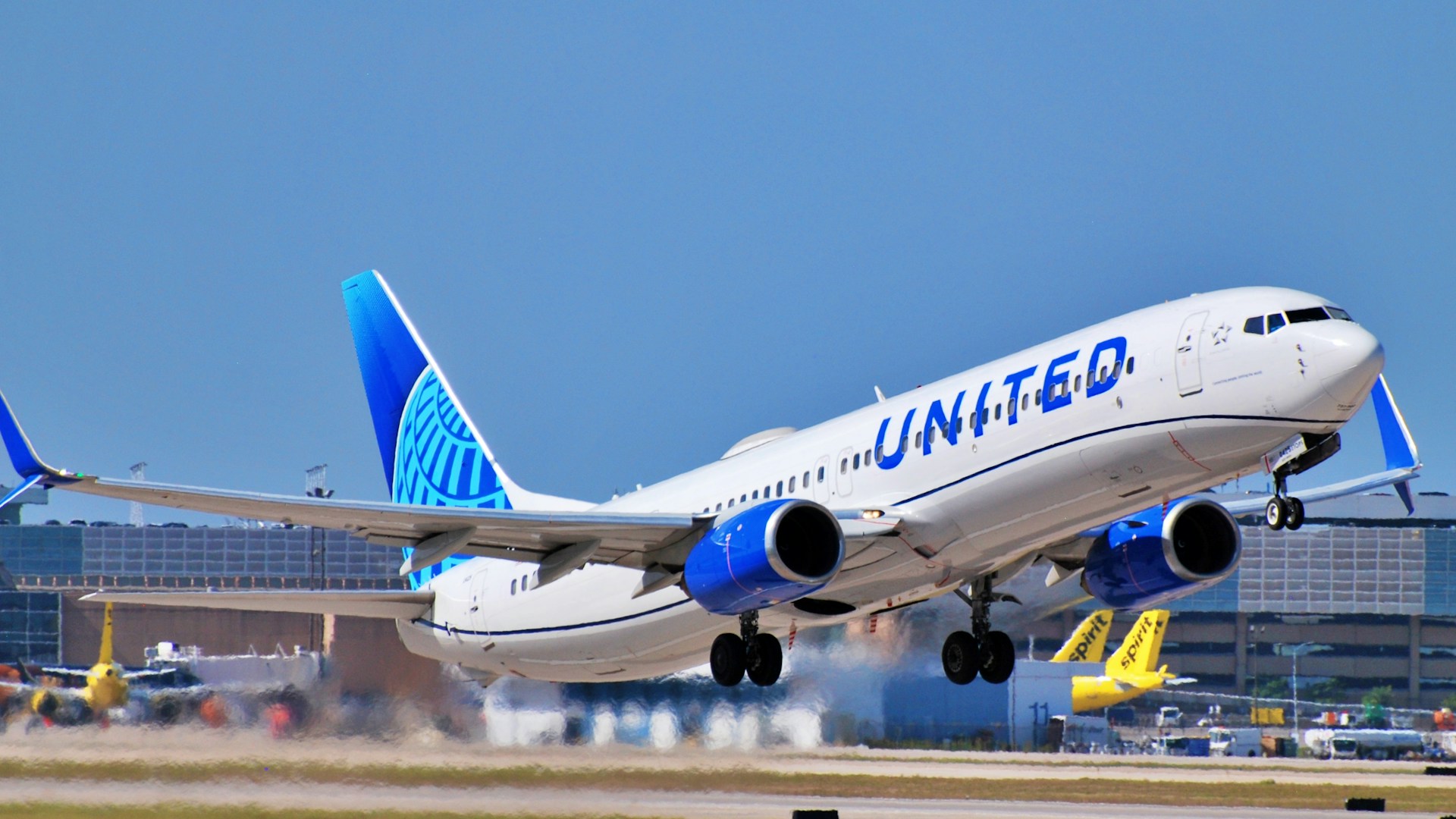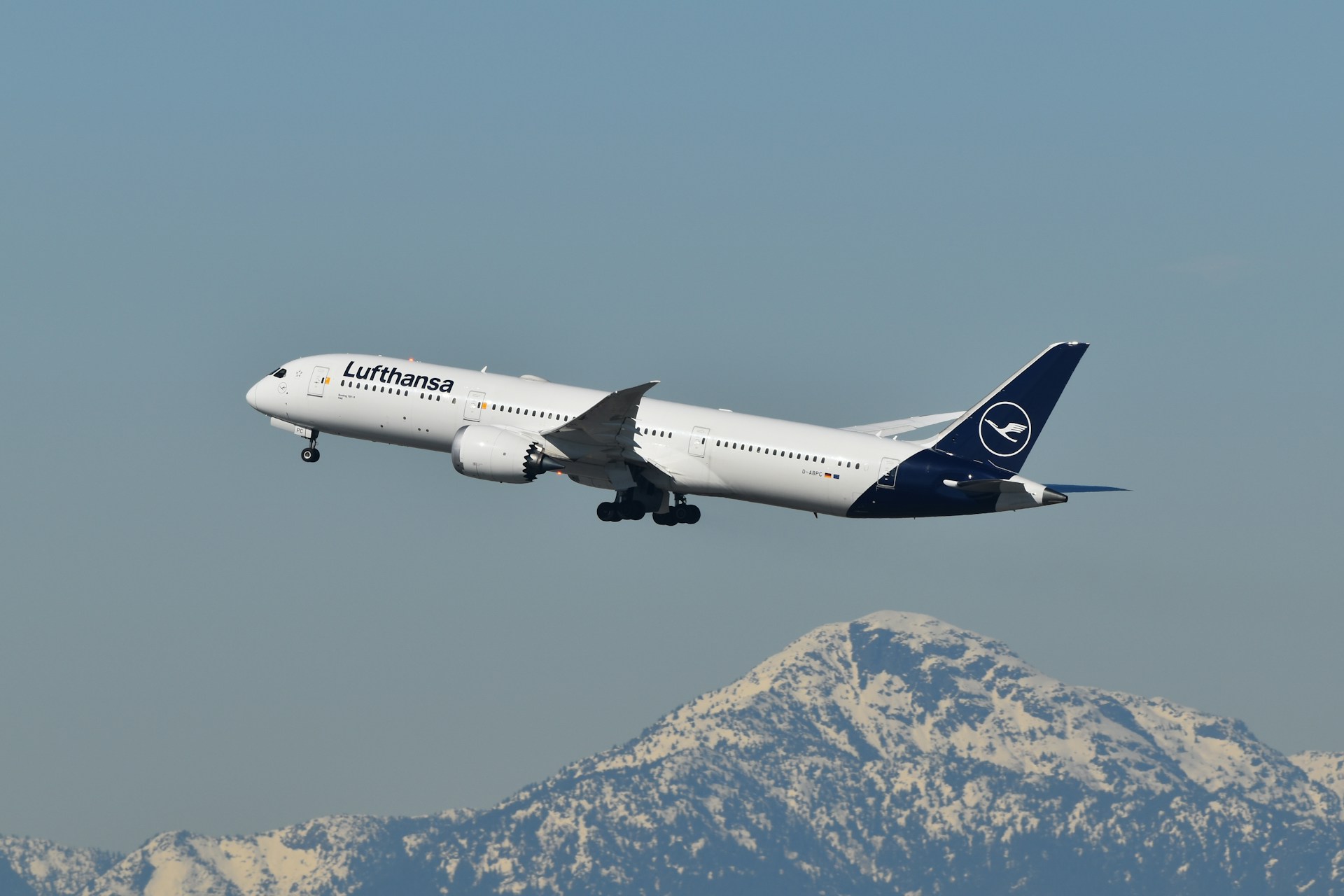United Airlines Invests in Guam Hub to Strengthen Pacific Network
Key Takeaways
- United Airlines is investing heavily in fleet modernization and terminal upgrades at its Guam hub.
- Guam serves as a strategic link connecting the U.S. mainland with Asia-Pacific markets.
- Newer, more fuel-efficient aircraft will improve operational efficiency and reduce emissions.
- Passenger facilities, including lobbies and terminals, are being modernized for comfort and convenience.
- Upgrades help United compete with Asian carriers on trans-Pacific routes.
- The initiative coincides with the global recovery of international travel demand.
Guam’s Role in United’s Trans-Pacific Network
Guam has long stood as United Airlines’ primary Pacific gateway, bridging the continental United States with Japan, South Korea, the Philippines, and the wider Asia-Pacific region. Its location in the western Pacific Ocean makes it a natural refueling stop and passenger transfer hub, enabling United to operate more efficient long-haul services.
At Antonio B. Won Pat International Airport, United holds a commanding position as the largest carrier by passenger traffic and frequency, making this investment crucial to sustaining its market leadership.
Fleet Modernization: Efficiency Meets Sustainability
A major part of the investment involves introducing new aircraft to replace older models on Pacific routes. By incorporating fuel-efficient planes, United will not only cut operational costs but also reduce its carbon footprint—an increasingly critical factor as airlines face pressure from regulators and eco-conscious passengers.
The modernization dovetails with United’s broader “Next” fleet strategy, which prioritizes new-generation aircraft that improve passenger comfort while delivering long-term financial and environmental benefits.
Passenger Experience Enhancements
Upgrades at Guam’s terminal and lobby areas will directly impact travelers who often face long layovers when connecting between Asia-Pacific and North America. Enhancements are expected to include:
- Modern seating with integrated charging stations.
- Streamlined check-in and security for faster processing.
- Expanded dining and retail offerings that reflect local and international tastes.
- Improved Wi-Fi and lounge amenities for business and premium travelers.
These improvements align with industry recognition that airport experience is as critical as in-flight service in influencing passenger loyalty.
Competitive and Economic Impact
United’s Guam investment positions the airline to compete more effectively with Asian carriers, many of which have invested heavily in both premium service and modern aircraft. By upgrading both its fleet and facilities, United reduces the service gap and strengthens its appeal to both leisure and corporate travelers.
For Guam itself, the project carries broader economic benefits, with increased passenger traffic translating into higher local spending in hotels, restaurants, and retail.
Future Outlook
United’s commitment to Guam underscores its belief in the long-term strength of trans-Pacific travel. With business travel gradually recovering and leisure demand climbing back to pre-pandemic levels, Guam is set to remain a cornerstone hub for the airline’s global network.
The combination of modern aircraft, enhanced facilities, and strategic location ensures that United can continue to serve as a key connector between America and Asia-Pacific well into the future.
✈️ Bottom Line: United’s Guam investment is more than an infrastructure upgrade—it’s a strategic bet on the Pacific’s future, ensuring the airline remains competitive, efficient, and passenger-focused in one of the world’s most vital aviation corridors.
.zip%20-%201.PNG)



